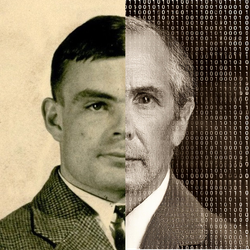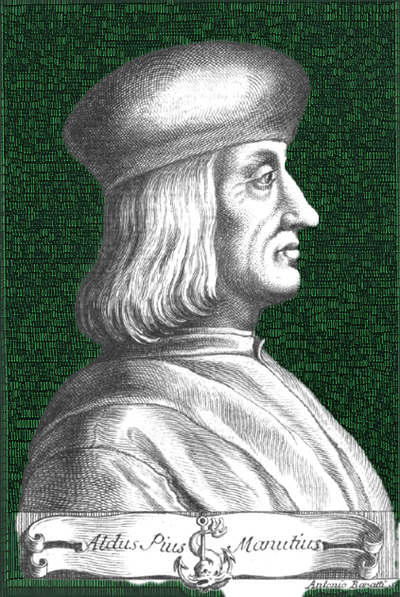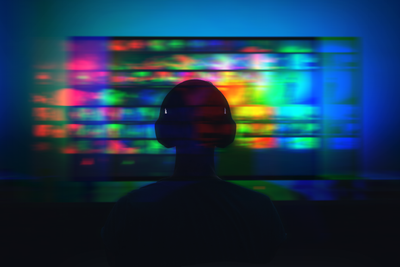The earliest creative outputs generated by Artificial Intelligence systems are characterized by a high degree of human intervention and revision necessary to achieve the desired outcome. These “first steps" of AI creativity require human assistance to reach a more polished form.
Examples of Artificial Incunabula include:
- Early attempts at machine translation, where the initial AI translations were heavily edited and corrected by humans.
- The first AI-generated art pieces, where human artists intervened to curate the output and achieve the desired aesthetic.
- Prototype AI-powered chatbots that initially provided nonsensical or irrelevant responses, requiring human programmers to refine their training data and algorithms.
Incunabula: This is a real-world term referring to books, pamphlets, and other printed works produced during the first few decades after the invention of the printing press (roughly mid-1450s to the late 15th century). These works were groundbreaking but still in their infancy. Their focus was on mimicking the handmade manuscripts of the time, and scribes added ornamentation and flourishes by hand to complete the works.









